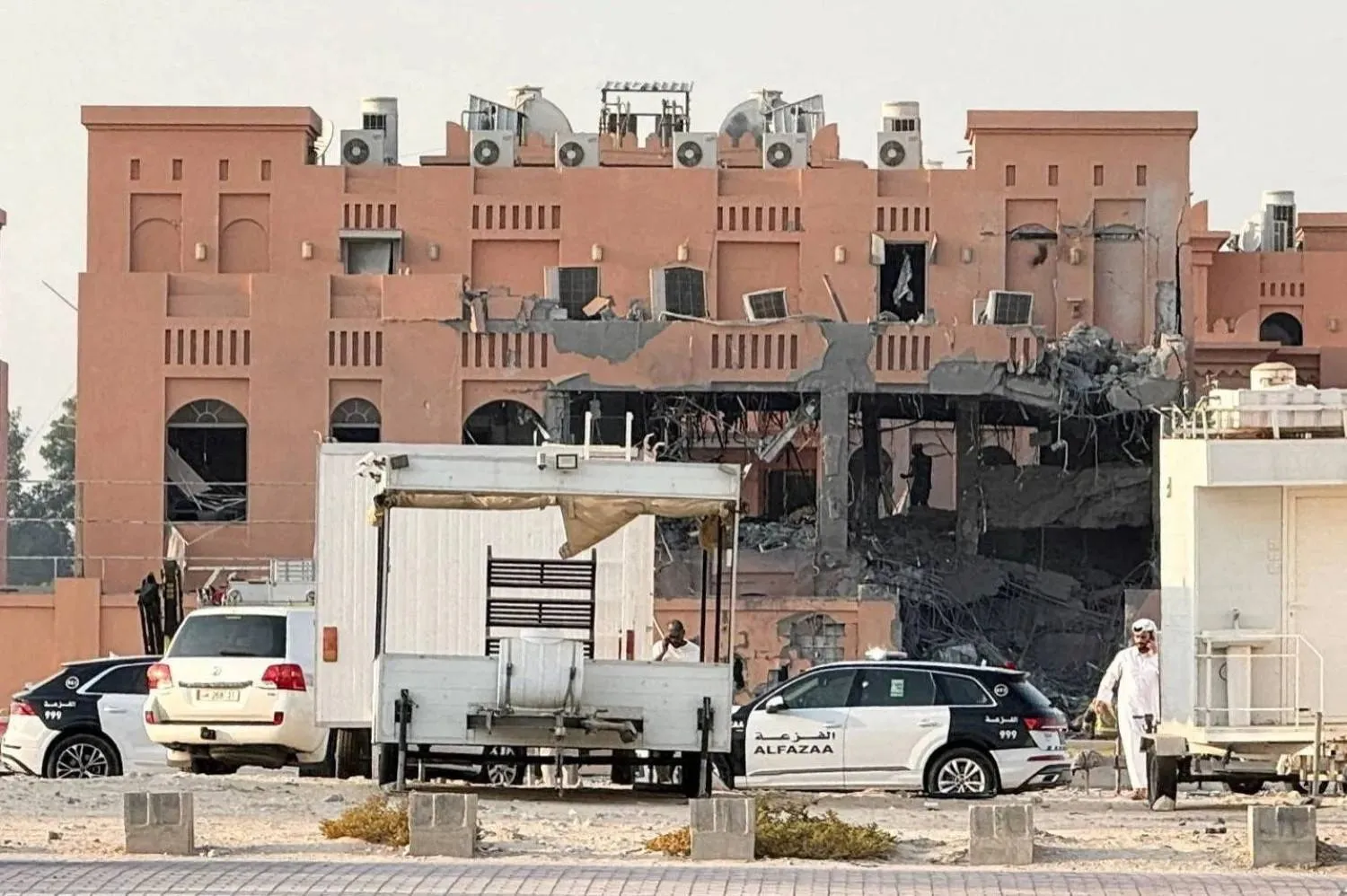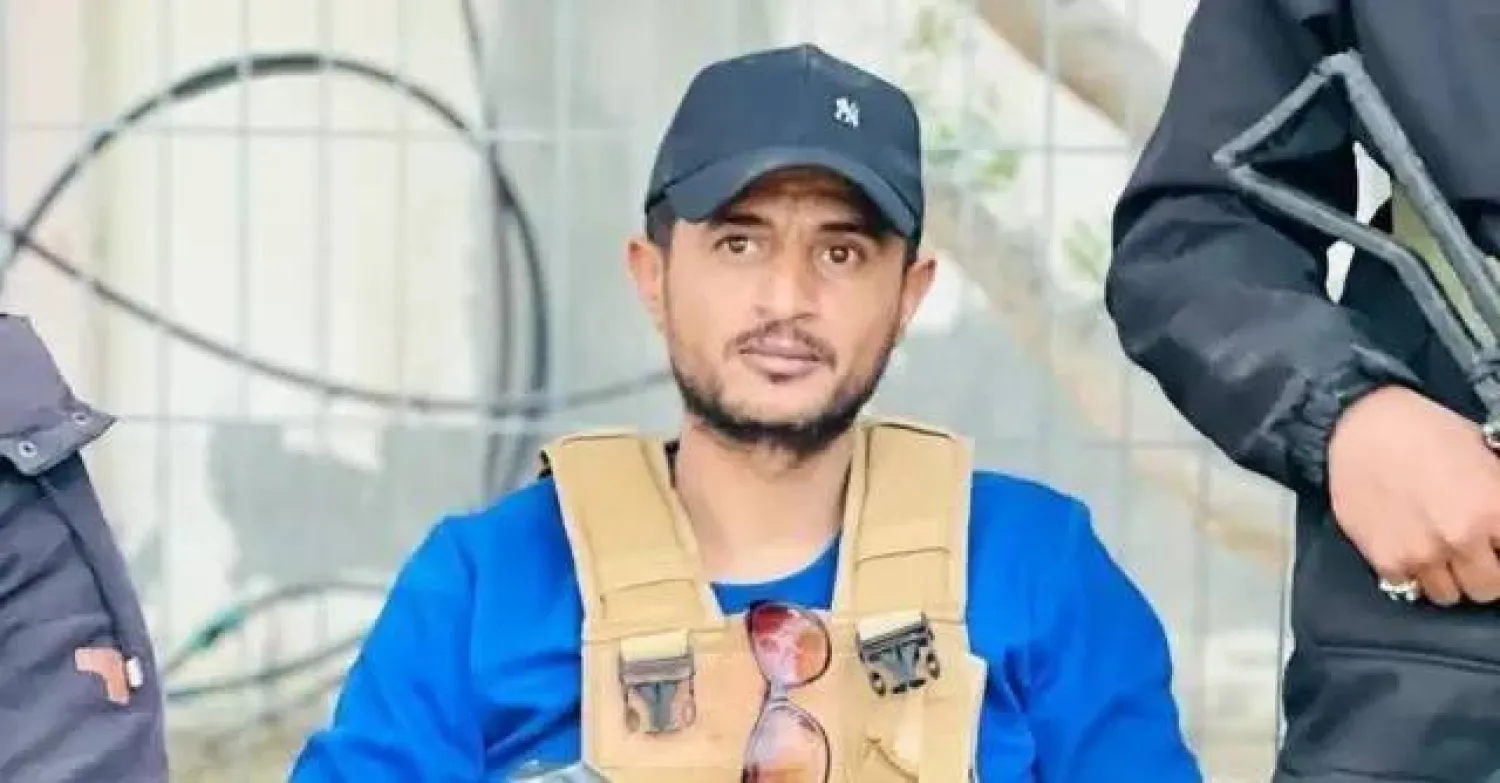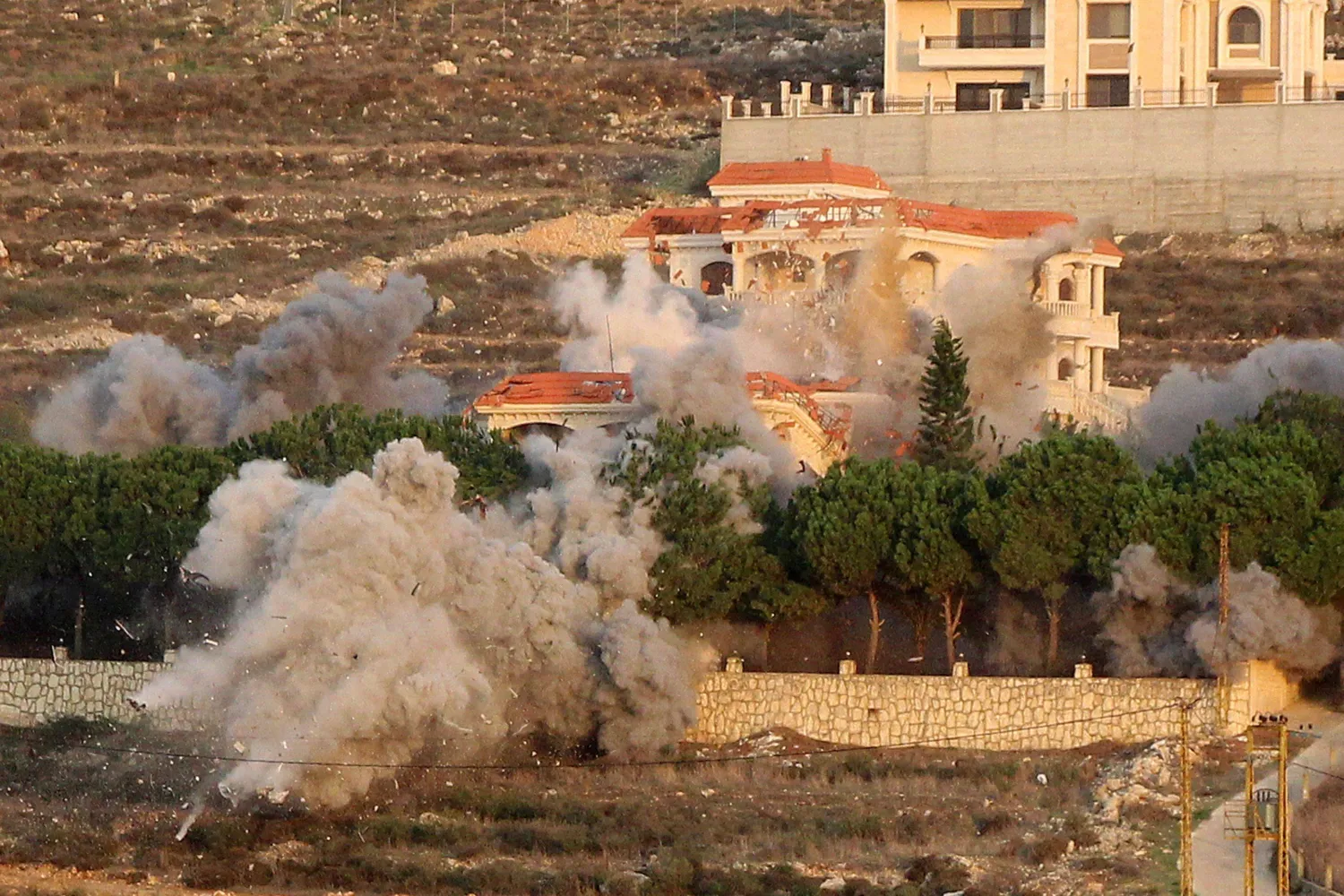Sources in Gaza said the killing of Yasser Abu Shabab, the leader of an armed militia opposed to Hamas, unfolded against the backdrop of a tribal confrontation, with two members of his own Tarabin clan implicated in the attack.
The sources told Asharq Al-Awsat that the two assailants, from the Debari and Abu Suneima families, both part of the wider Bedouin Tarabin tribe, had taken part in the shooting that left Abu Shabab fatally wounded.
According to the sources, the incident occurred on Thursday and ended swiftly when Abu Shabab’s escorts shot dead the men who had targeted him.
Abu Shabab, a controversial figure who emerged during Israel’s war on Gaza and became prominent during efforts to deliver aid to the blockaded enclave, was killed after months in the public eye.
Israel’s Army Radio said on Thursday, citing security officials, that Abu Shabab, one of the most prominent tribal leaders opposed to Hamas in Gaza, died of his wounds at Soroka Medical Center in Beersheba in southern Israel, where he had been transferred after being injured earlier.
Abu Shabab’s armed group is based in Rafah in southern Gaza. In previous remarks he insisted that his group’s only link was with the Palestinian Authority, rejecting accusations that he collaborated with Israel.
He had called for renaming his militia, known as the Popular Forces in Gaza, as a counterterrorism group.
Army Radio said Abu Shabab had declared his cooperation with Israel and formed the first armed group to confront Hamas in southern Gaza. It added that he had been targeted by gunmen who opened fire on him.
A few months earlier, with the resumption of humanitarian aid deliveries to Gaza, Abu Shabab resurfaced after nearly three months of absence from the field and from his Facebook page.
Abu Shabab has frequently stirred controversy. Some Gaza residents linked his name to the theft of humanitarian aid in past periods, while others defended him and praised what they considered efforts to secure and protect aid shipments.
In May last year, he reactivated his Facebook page and announced he had resumed securing the delivery of aid to residential areas, raising questions about his sudden reappearance and the purpose behind the announcement, especially given his past association among many with aid theft.
Several sources told Asharq Al-Awsat that Abu Shabab and the armed group that appeared with him in photos on his page were primarily present in areas between eastern Rafah and southeastern Khan Younis.
These areas fall under Israeli control and are inhabited only by a few dozen members of the Tarabin tribe, to which Abu Shabab and his associates belong.
Humanitarian aid began to enter Gaza last week after Israel yielded to international pressure and lifted the blockade it had imposed on aid entry on March 2 last year. A global hunger monitoring body said the blockade had pushed half a million people in the enclave to the brink of famine.
No one knows the exact size of the armed force he formed. Estimates range from dozens to a few hundred, based on images and short videos on TikTok and other social media platforms that show the group with weapons and four-wheel drive vehicles.
Asharq Al-Awsat was unable to reach Abu Shabab directly to clarify his role in the handling of aid, as all his phone numbers were switched off.
Some sources familiar with him said he was a simple young man who had been detained by Hamas police on charges of drug possession and trafficking, but escaped with other inmates after the war broke out and the bombardment intensified. The sources said he had never been affiliated with any Palestinian faction and that there was no known record of him spying for Israel. They added that carrying weapons was common among most members of the Tarabin tribe.
After some residents accused him of stealing aid, Hamas security forces raided sites he visited with his armed men in November 2024, killing at least twenty people and wounding dozens.
After reports claimed he had been killed when an anti-armor projectile struck the vehicle he used to flee, it later emerged that his brother had been inside and was the one killed.
According to some sources, Abu Shabab fled to areas very close to Israeli military positions east of Rafah.
After a period of absence, Abu Shabab reappeared in recent days as aid deliveries resumed. Videos circulated showing men said to be from his group securing aid convoys, escorting foreign delegations and accompanying Red Cross workers. The footage shows people from the Tarabin tribe speaking with visiting delegations.
Each time aid entered the enclave, Abu Shabab posted messages on his Facebook page about protecting it and transporting it to the edges of areas outside his control, which he referred to as “the other side”, meaning the de facto Hamas government.
In one recent post he wrote, “When we distributed aid with dignity they defamed us, when we stood to protect it they accused us, and here we are today appearing before the people, we the sons of this nation.”
The message was signed “Yasser Abu Shabab, Popular Forces”.
Field sources told Asharq Al-Awsat that the stolen aid had not gone to Hamas. The sources said the shipments entered residential areas without protection, which contributed to theft.
When a group from the Hamas Home Front security force went to secure the aid in Deir al-Balah in central Gaza, an Israeli strike killed six of its members, allowing an armed gang to seize the supplies.
Hours later, Hamas fighters fired a projectile at the armed men responsible for the theft, killing six of them, the field sources said.
Some sources said Abu Shabab could barely write and was unlikely to be managing his Facebook page himself. This raised questions about who might be backing him, especially since he operated in areas considered extremely dangerous for Gaza residents due to the presence of Israeli forces.
In several posts, Abu Shabab referred to a media team that managed his page and handled his work professionally. In one post he not only highlighted aid protection but also called for unity and urged people to reject Hamas, which he accused of distorting the image of popular figures.
In some of his posts he referred to his group as the Popular Action Forces. On some TikTok videos, labels such as Counterterrorism Forces appeared.
Some Gaza residents, even jokingly, began calling him “Mr. President”, while others referred to him as “the state”, especially after his armed men were seen wearing military fatigues with Palestinian flags and saluting every convoy carrying visiting delegations.
Local sources said he recently helped evacuate families trapped by Israeli forces in the Amour area southeast of Khan Younis, enabling them to reach areas west of the city.
Hamas repeatedly accuses Israel of fostering lawlessness in Gaza and enabling aid theft by armed gangs.
Israeli officials have openly encouraged Gaza residents to break away from Hamas and rise up against it, which has already occurred in some areas.









